“We have to wonder if inhaling what likely was lead dust will threaten our health in years to come. It is urgent that measures be adopted to ensure a lead dust-free environment for tenants and their children.”
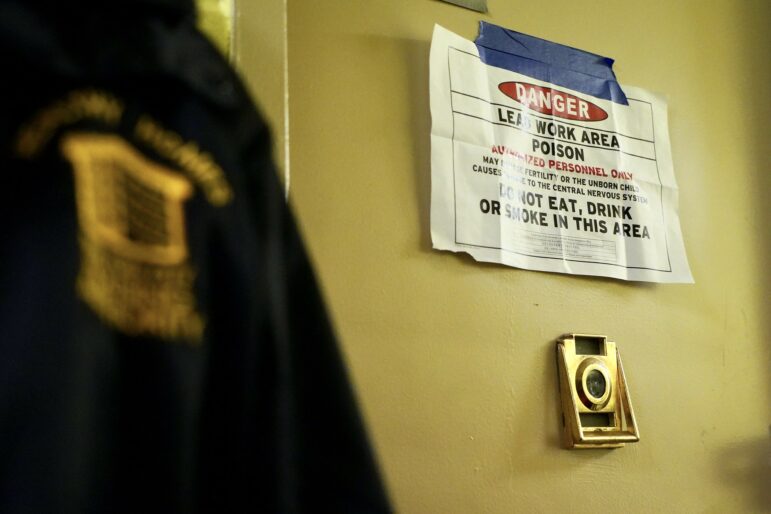
Gerardo Romo / NYC Council Media Unit
I am a longtime resident of a three-building property located in the East Village. Though these 1920s tenements housed countless many through the decades, they received few upgrades. Still, exposure to lead was not even on my radar.
After all three buildings were sold to a hedge fund group in 2012, the new owners began to pick apart the tenant community, offering buyouts and warnings that the deep renovations would be hard to live through. Over the course of two years the majority of units transitioned from rent stabilized to market rate apartments.
Gut renovations of 19 out of the original 24 rent-regulated apartments meant many units were in progress on various floors simultaneously. In addition the common areas—all the hallways, stairwells, stairway treads, and landings were being overhauled. During the two-year period, few or no steps were taken to protect tenants from the copious amounts of dust, excessive noise, and roving crews of questionable demo and construction workers who themselves lacked effective personal protective gear.
Interior walls were demolished down to the underlying brick, revealing close to 100 years of history forged in layers of paint and plaster. Most likely this work exposed lead-based paint and possibly disturbed asbestos in the layers of old floor coverings. Debris was carried out of the building in open buckets hoisted on shoulders.
Commonly used HEPA filter air cleaning machines were never employed. The hanging plastic barriers, installed early in the process, became tattered, dirty and useless. Neither regular sweeping or mopping ever took place. Nothing to remediate the ever present construction dust from being scattered, tracked and dispersed into the air. My fellow tenants and I lived in a horrific snow globe of dust.
Tenants contacted the city’s NYC Housing, Preservation and Development (HPD), NYC Department of Buildings (DOB) and New York State Division of Homes and Community Renewal (DHCR) on issues of work permits, pressure on rent-stabilized tenants and the potentially harmful excessive dust. There were several stop work orders issued along the way, but work would eventually proceed as usual. A DHCR inspector conducted a walk-through and issued a ruling based on excessive dust conditions, resulting in a rent roll back for remaining in-place tenants.
During the construction phase, most tenants were feeling anxiety and suffering different physical ailments. I had pneumonia twice and suffered dry eye for the first time in my life. My optometrist captured a surprising image of a layer of dust floating on the surface of my eyes. The doctor prescribed drops to help alleviate the condition, which I still use.
The recurring respiratory symptoms suffered by most indicated tenants were likely breathing in a lot of dust. Dust was settling on our bodies and trapped in the fibers of our clothing. Tenants experienced anxiety and general stress from living in a virtually uncontrolled construction site.
Unfortunately, the concern did not end with the construction. We have to wonder if inhaling what likely was lead dust will threaten our health in years to come.
It is urgent that measures be adopted to ensure a lead dust-free environment for tenants and their children. The chronic lead exposure that we were subjected to affects over 535,000 children each year, and that number is a severe underestimate of lead poisoning in the United States.
New York State leads the country in the amount of lead-poisoned children. Although city and state secondary prevention policies are comparatively better here than in most states, our experience shows that the same apathy exists to both the overwhelmingly poor Black and Latino children agencies claim to care for and the adults they ignore.
Landlords know they can get away with poisoning tenants, as demonstrated by the NYC Office of Administrative Trials (OATH)’s 0.5 percent collection rate on nearly $2 million in lead paint violations penalties under Local Law 1.
Anne Hayes is a member of the Lead Dust Free NYC coalition. Paul Oder is a criminal justice PhD candidate at CUNY John Jay/The Graduate Center.



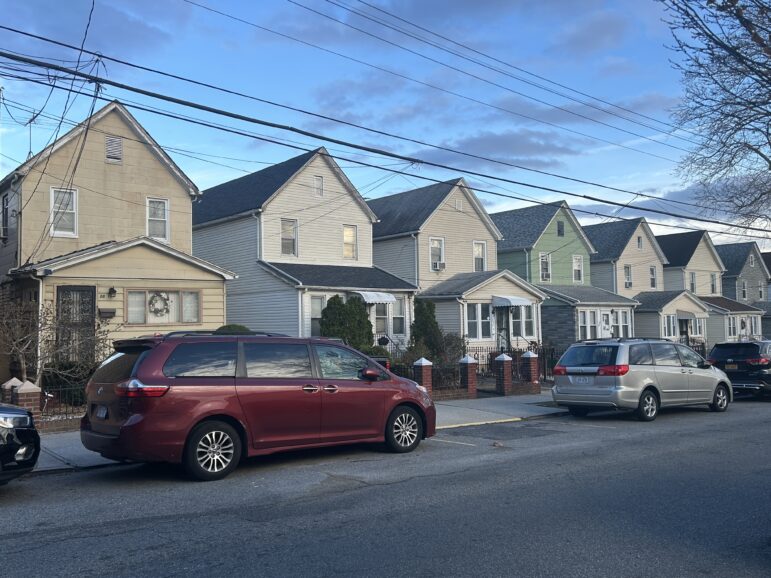
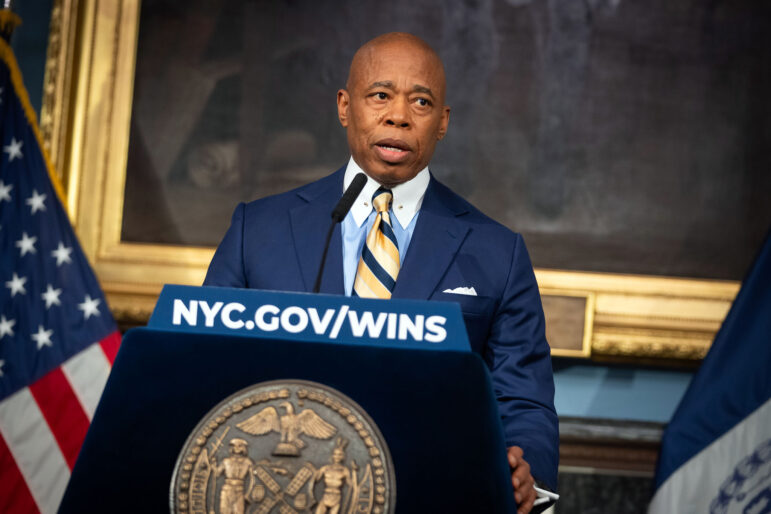
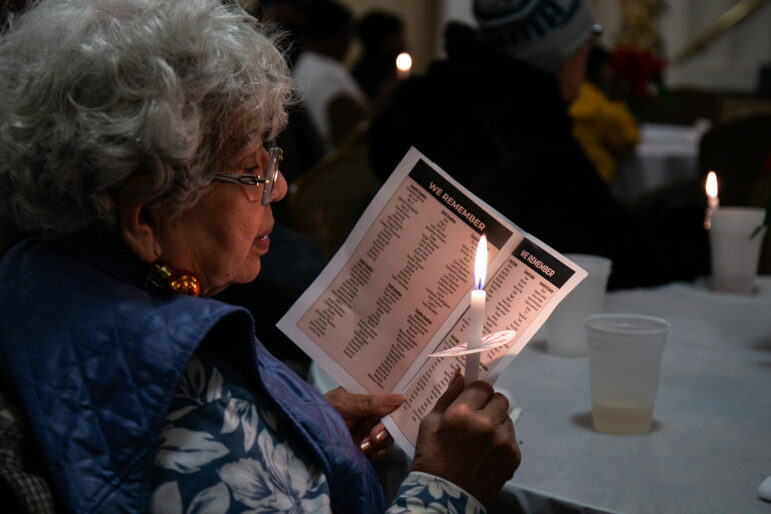
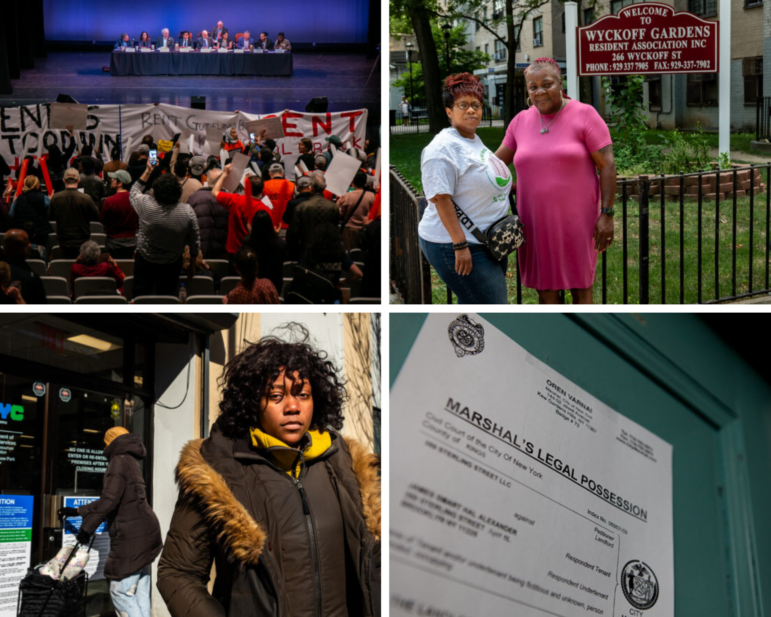


One thought on “Opinion: The Housing Hazard We Don’t Think About”
For even more info on this issue, please check out this report issued late last year: https://coopersquare.org/2024leaddustreport